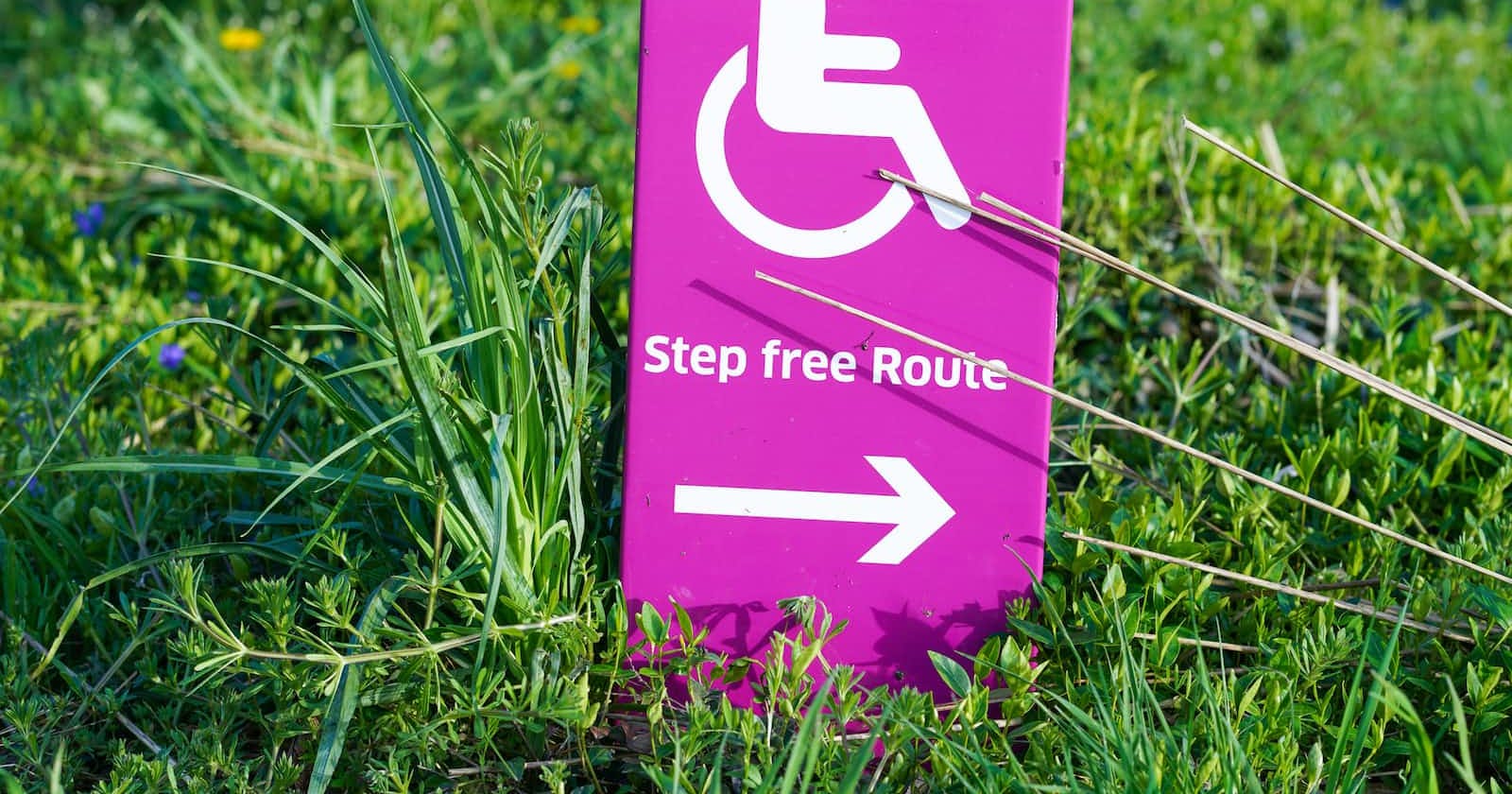Accessibility overview
When we hear accessibility, what comes to mind? Do we not think about the physical use of places? We may also consider people with disabilities and how they navigate their area with ease. We may not appreciate things like the door of a mall opening for us when we are a few meters close to it. What we can appreciate is the door opening for us when our hands are full from all those groceries we bought. When those with physical disabilities need to access a closed door without sensors, how do they do it?
Well, there is more to accessibility than opening a door. I cannot see things from afar nor read letters in small fonts without straining my eyes or using my eye lens. Does that make me disabled? As a mother with a toddler who seeks a carriage, sometimes I may use a hand to work on the laptop, does that make me disabled? Developers build Accessibility features for people with disabilities to use technology without help. It is also important to state if a facility is accessible and who they are accessible to. Accessibility is more than a concept, it is a lifeline. It is about inclusivity, ensuring independence, and considering the needs of all users. One of the things I have learned to do as a developer is to build with HTML semantics. A developer adding an alternative attribute to an image tag is making it easy for screen readers. Adding a title attribute to images ensures that the image is clear to the assistive reader.
Accessibility Features
These include;
For the Vision Impaired users:
Text to speech which can read words on the screen out loud.
High-contrast theme and the enlarged cursor are for the benefit of those with poor vision.
For the Auditory Disabled users:
Closed-captioning presents audio information in visual forms to them.
Mono audio manages signals for the left and right earbuds and headphones. This allows users with hard-of-hearing disabilities to engage without missing a beat.
For the Physical Disabled users:
Keyboard shortcuts are helpful to those finding it difficult to manipulate a mouse.
Sticky keys engage users who cannot press several keys at once, to press keys one at a time for shortcuts.
Using Accessibility Features.
Computers and mobile devices come with built-in accessibility features. It gets even better with recent versions. Sometimes we may need to turn on these features before we can use them.
On Windows go to the settings app or control panel for the older version, then click on Ease of Access.
On macOS, open system preferences and click Accessibility or Universal Access.
For mobile phones, IOS or Android, go to settings and click accessibility.

